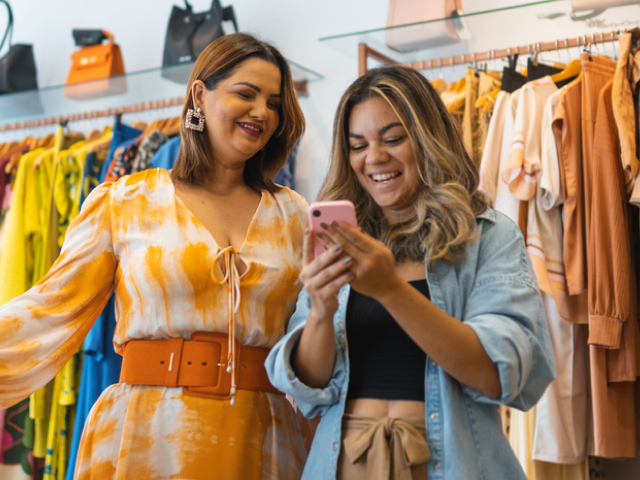As every retailer knows, returns are costly. In addition to lost sales, there are costs involved in getting online purchases shipped back, and more costs if returned items need to be discounted. And what about the costs involved when an item purchased online is returned in-store? Managing these omnichannel requests isn’t always a straightforward process. But modern retailers are using technology both to reduce the number of returns by helping shoppers make the right purchases, and to encourage brand loyalty by further engaging with customers and providing a painless return experience.
First, some facts and figures
In late 2020, the National Retail Federation conducted a survey of retailers to better understand customer returns. Here are some of the key findings:
- In 2020, the value of merchandise returned in the US was $428B – 10.6% of total retail sales.
- The overall growth of returns is being driven by online returns, which more than doubled.
- The value of online returns was $102B – 18.1% of total online sales.
What are the retail industries with the highest rates of returns? Automotive retail (19.4%), followed by apparel (12.2%), home improvement (11.5%), housewares (11.5%) and department stores (11.4%). However, returns aren’t limited to specific industries: a recent UK survey found that 25% of consumers return between 5 and 15% of all online purchases.
Technology can help retailers prevent the most common type of return
The most common type of return is one based on consumer preferences. Also known as a variant return, this happens when a customer receives an item that’s the wrong size, style, color, etc. In many cases, online shoppers purchase multiple sizes or colors, knowing they’ll return all but one. To minimize variant returns, retailers can consider implementing virtual try-ons or video chats to connect shoppers face-to-face with in-store associates who can give them a better look at the products they’re considering. Instant messaging can also offer customers real-time answers to their questions, and lessen the likelihood of variant returns.
An omnichannel returns strategy can give customers confidence to buy again
A Forrester report, published in October 2021, predicts that the handling of returns and the customer’s retail return experience will be a game-changer. Consumers are already considering returns policies when deciding where to shop: approximately 60% of online adults prefer retailers that provide free return shipping, and 40% prefer ones that offer refunds in the original form of payment.
According to a 2021 Forrester report speaking to proactive strategies for retail stores to better serve digitally savvy customers:
- 41% of US online adults say they find it difficult to return items they’ve purchased online
- 37% say they fear the returns process so much that it actually discourages them from buying online
- 51% prefer to return items to a physical store
This means retailers have a huge opportunity to alleviate consumer concerns, and turn shoppers into loyal customers, by creating a positive returns experience. Modern point of sale (POS) technology can play an important role in simplifying the in-store returns process regardless of whether the item was originally bought at a physical store or through ecommerce. Consumers want channelless shopping experiences, and the return process is a critical stage—especially for repeat shoppers.
Retailers can improve customer LTV if they implement strategies that reduce the number of returns, and make unavoidable returns painless. The right technology can assist customers in the purchasing process, accommodate all types of returns including exchanges, credits and refunds, and let store associates process returns for items purchased online just as easily as items purchased in-store. When retailers manage returns effectively, they create positive experiences and help customers feel confident to return and shop again. They also give store associates the opportunity to engage, upsell, and build stronger relationships with their customers.


